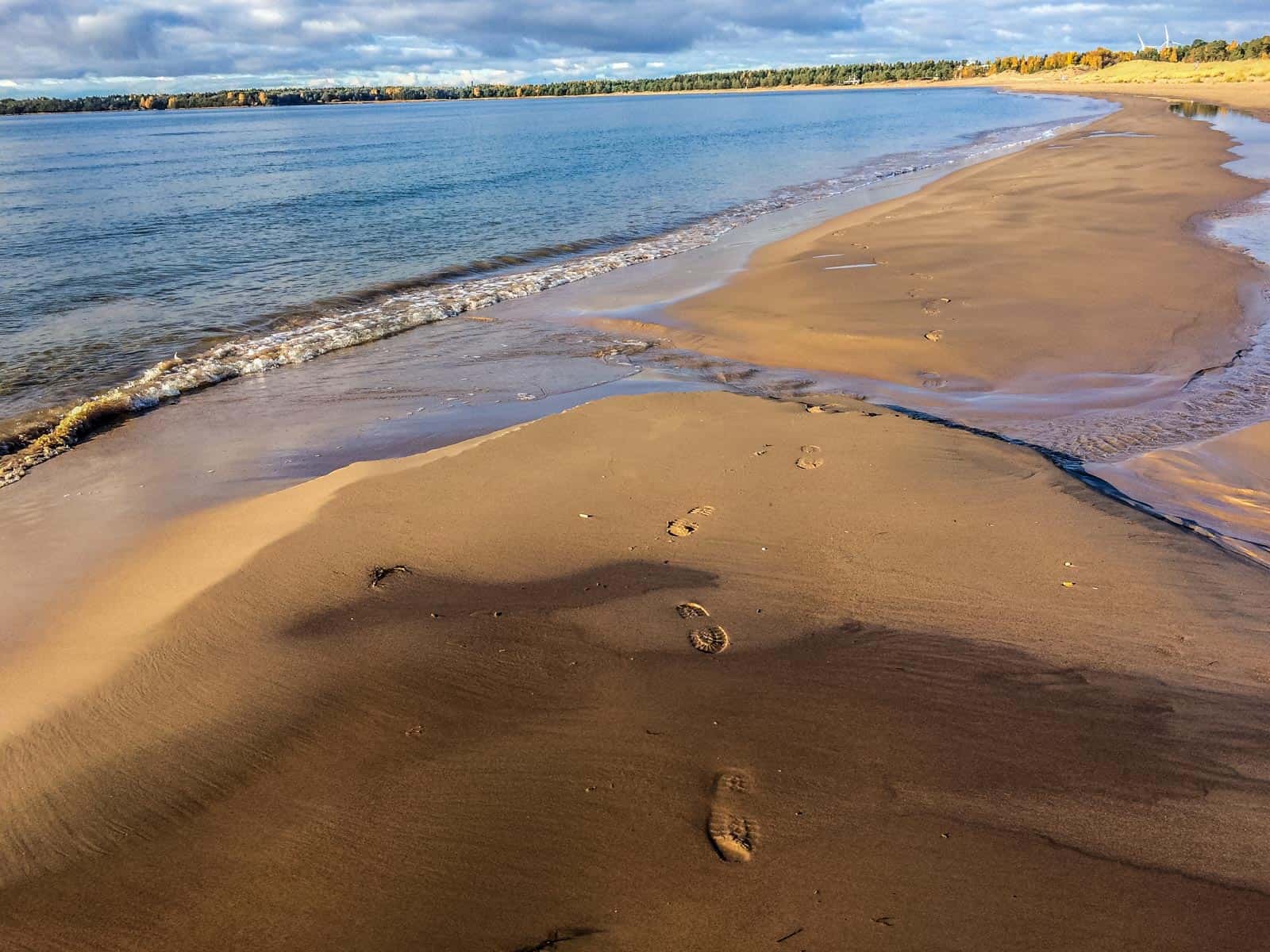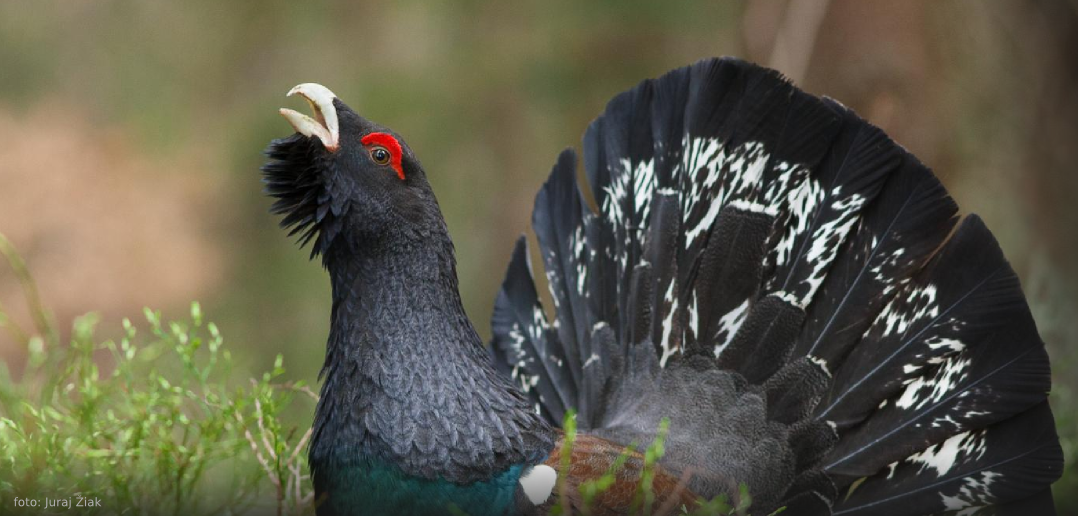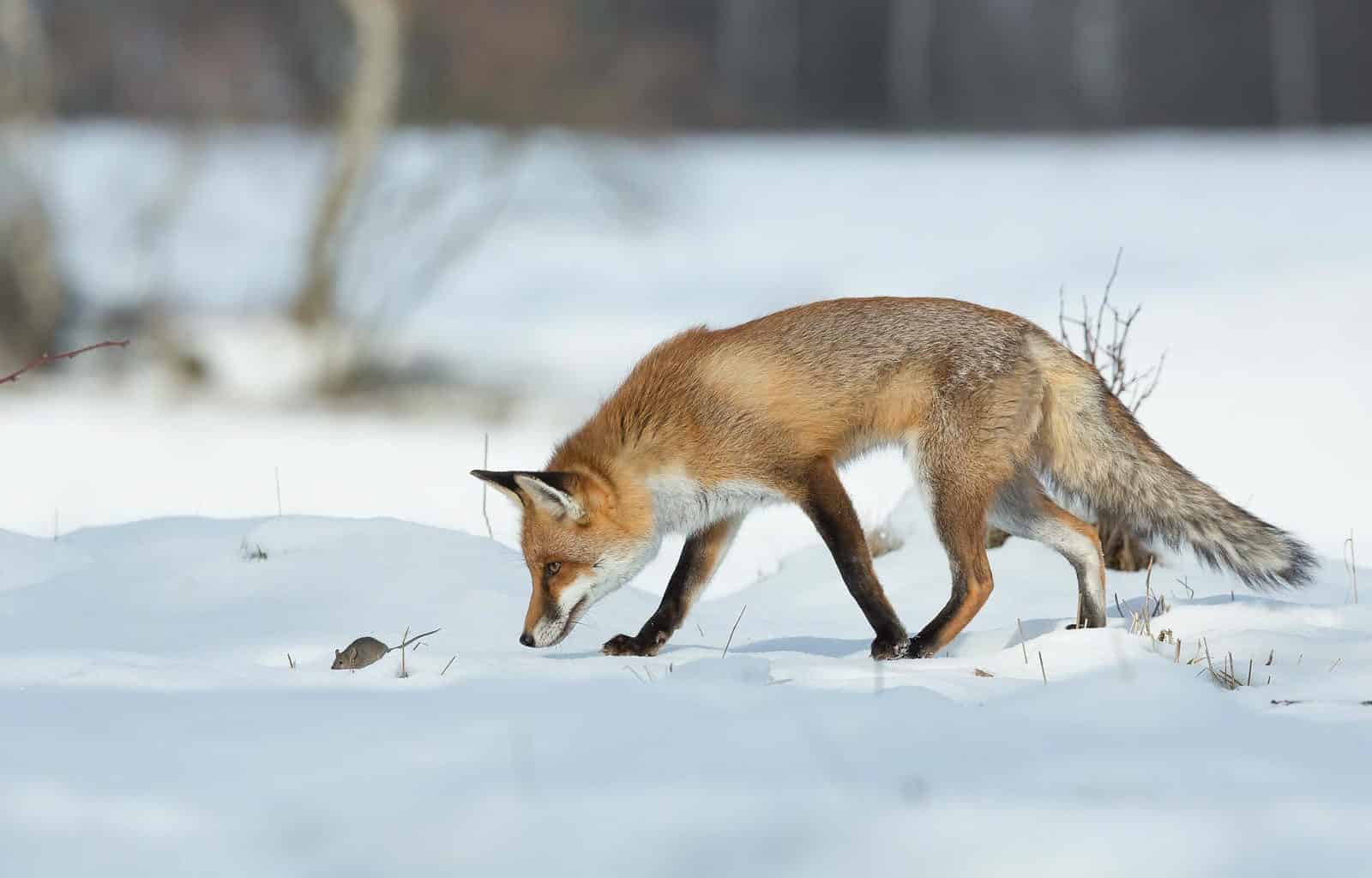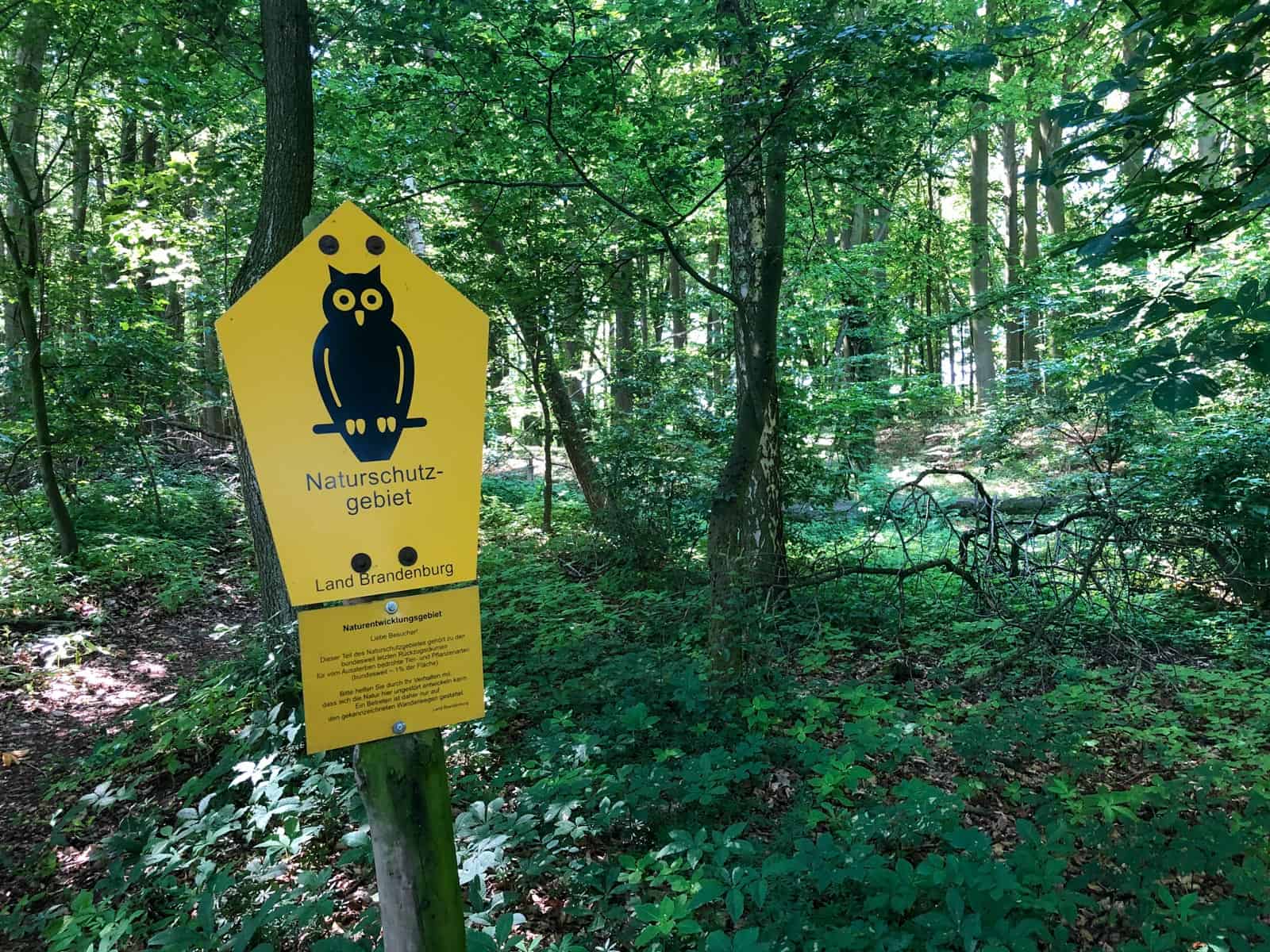India creates three new marine reserves, one specifically for sea cucumbers
The administration of union territory of Lakshadweep, India has recently announced the designation of three new protected areas. The first will be dedicated specifically to sea cucumbers, the second is to be the largest contiguous marine conservation reserve in India, covering 344 square kilometers, and the third with the aim to establish India’s first seabird sanctuary.
Please also read: The shortage of marine Wilderness in Europe
New protected area status to fight illegal wildlife trade
The now-declared protected areas are spread over 685 sq km of Lakshadweep Islands, including the Lakshadweep Sea. The first area is spread over 239 sq km at Cheriyapani and it will be called Dr KK Mohammed Koya Sea Cucumber Conservation Reserve. The second will be the largest marine conservation reserve in India, with an area of 344 sq km. It will be known as Attakoya Thangal Marine Conservation Reserve. The third is the very first protected area designated for marine birds in India across 62 sq km and it is named PM Sayeed Marine Birds Conservation Reserve, home to several pelagic seabirds species.
The protected area status will help the island administration to enforce restrictions on entry and a prohibit the collection or trade of corals, sea cucumbers and other marine species protected by the Wildlife Protection Act.
Guardians of the coral reefs
In India, trading sea cucumbers was banned in 2001, but the black market continues to flourish. The largest shipment in the country’s history was caught by authorities in January, when 234 kilos of sea cucumbers were seized.
As T. Damodhar, chief wildlife warden of the Lakshadweep administration stated, sea cucumbers fall under the same protection by Indian law as lions or tigers and are absolutely invaluable to protect coral reefs. Organized crime is transporting of transporting dried sea cucumbers to Southeast Asia and China happens via Sri Lanka. According to Damodhar, locals also prefer to consume sea cucumbers, the existence of which is threatened not only by smuggling and illegal fishing but also by pollution. Without the calcium carbonate excreted by the animals, the coral reefs will be destroyed, and due to their role as water purifiers, water quality will also worsen as they disappear from somewhere.
For the most part, cucumbers have already been harvested from the shallower waters, the focus of mafias is on the deeper regions. Marine biologist Deepak Apte says even though it is highly priced in the Chinese market, sea cucumbers have no particular healing effect.
Sea cucumber smuggling
It has been known for decades that sea cucumbers are in danger, their fishing has been banned in several countries, but Chinese demand is still high. Even after significant measures taken because of the coronavirus and the ban on wildlife trade, the demand and promise of fast profits is too inviting to smugglers. Of the roughly 1,450 sea cucumber species, only four are on the IUCN Red List, since 2019. Demand is so high that the Japanese spiky sea cucumber (Apostichopus japonicus) is already on the verge of extinction.
In 2014, Mexican media reported that sea cucumber-related crime was almost more frequent than drug trafficking. From Spain to Washington State, illegal fishing and cucumber smuggling are flourishing, with animals being hidden in vehicles, luggage and clothing.









